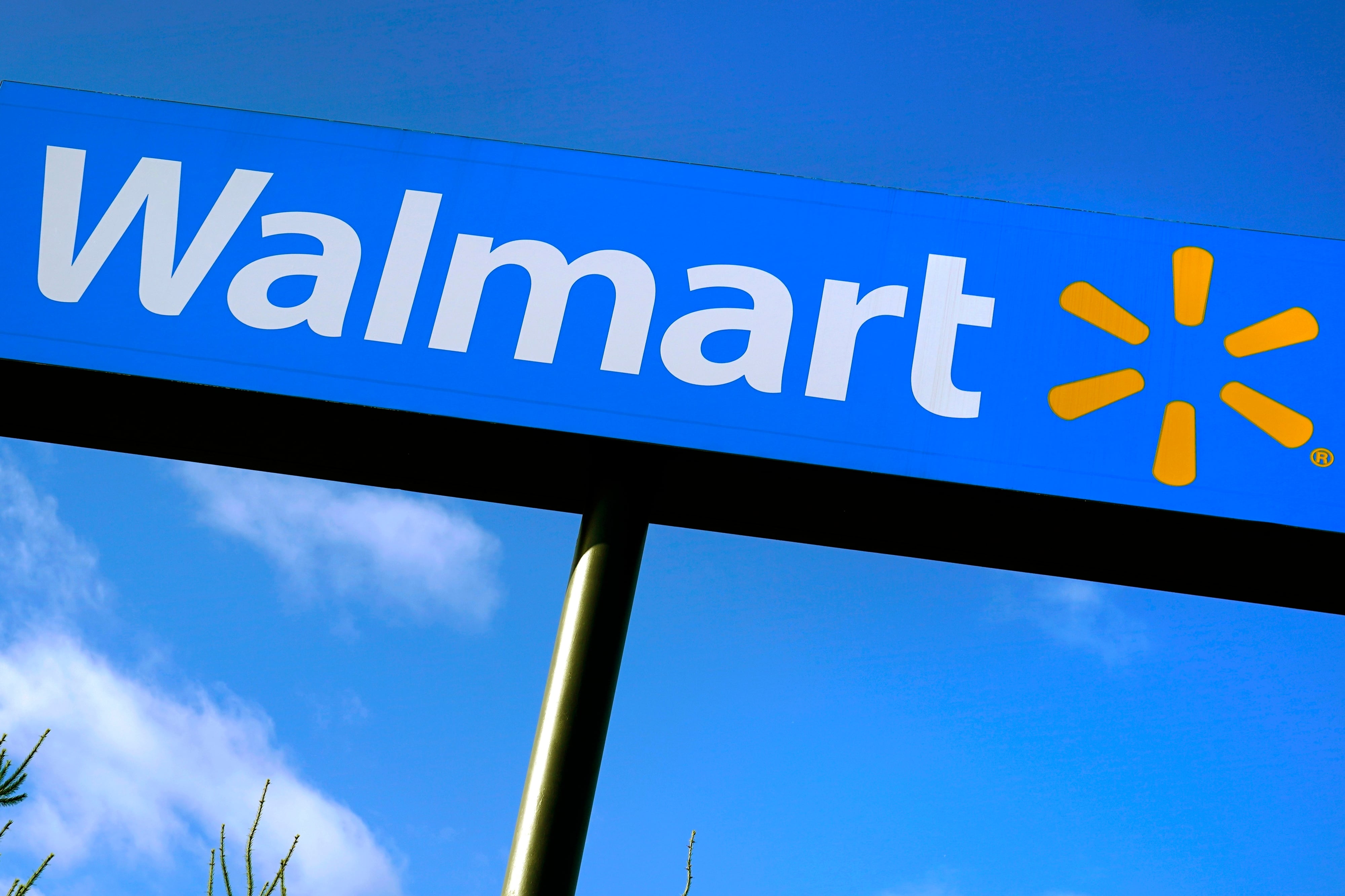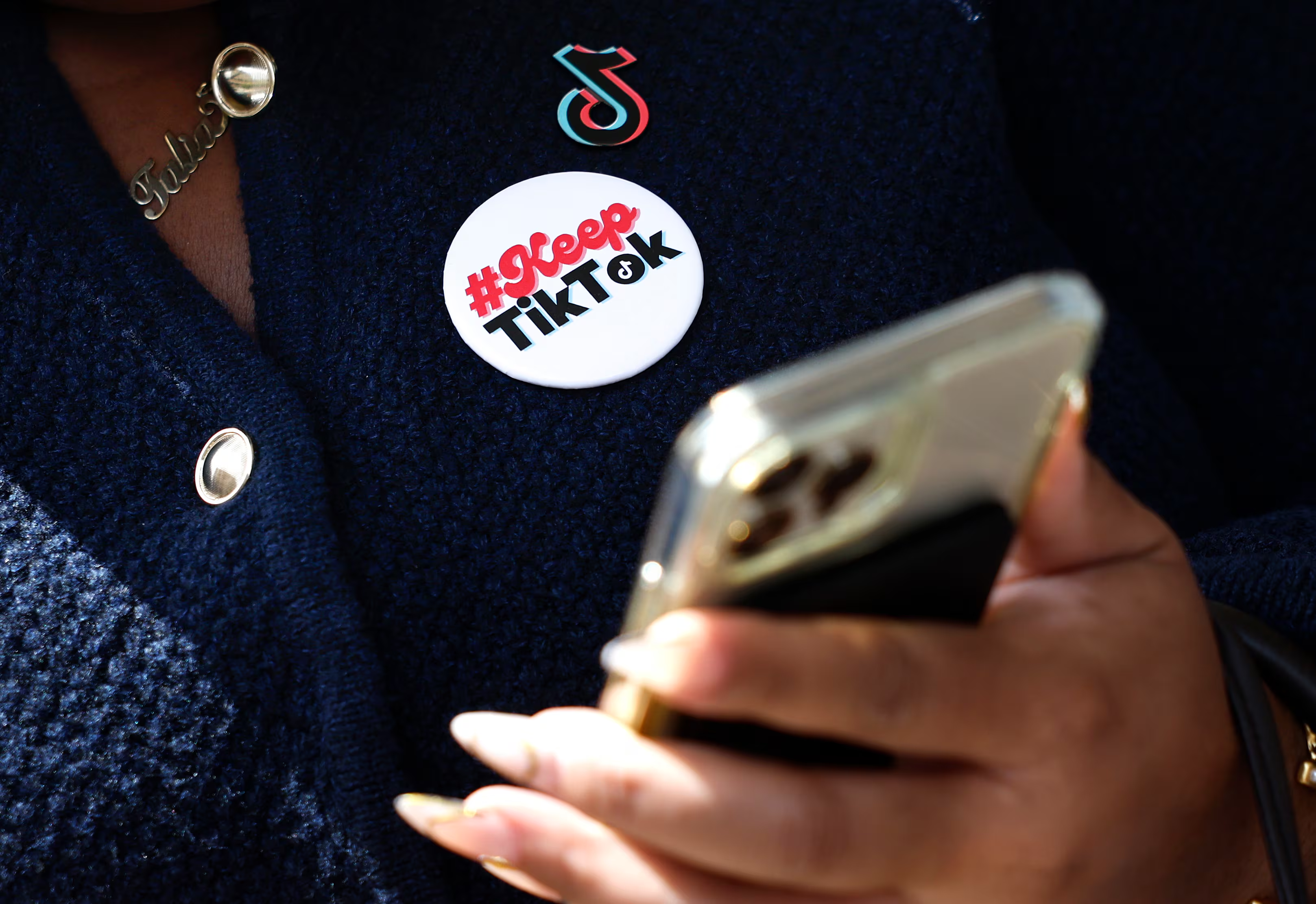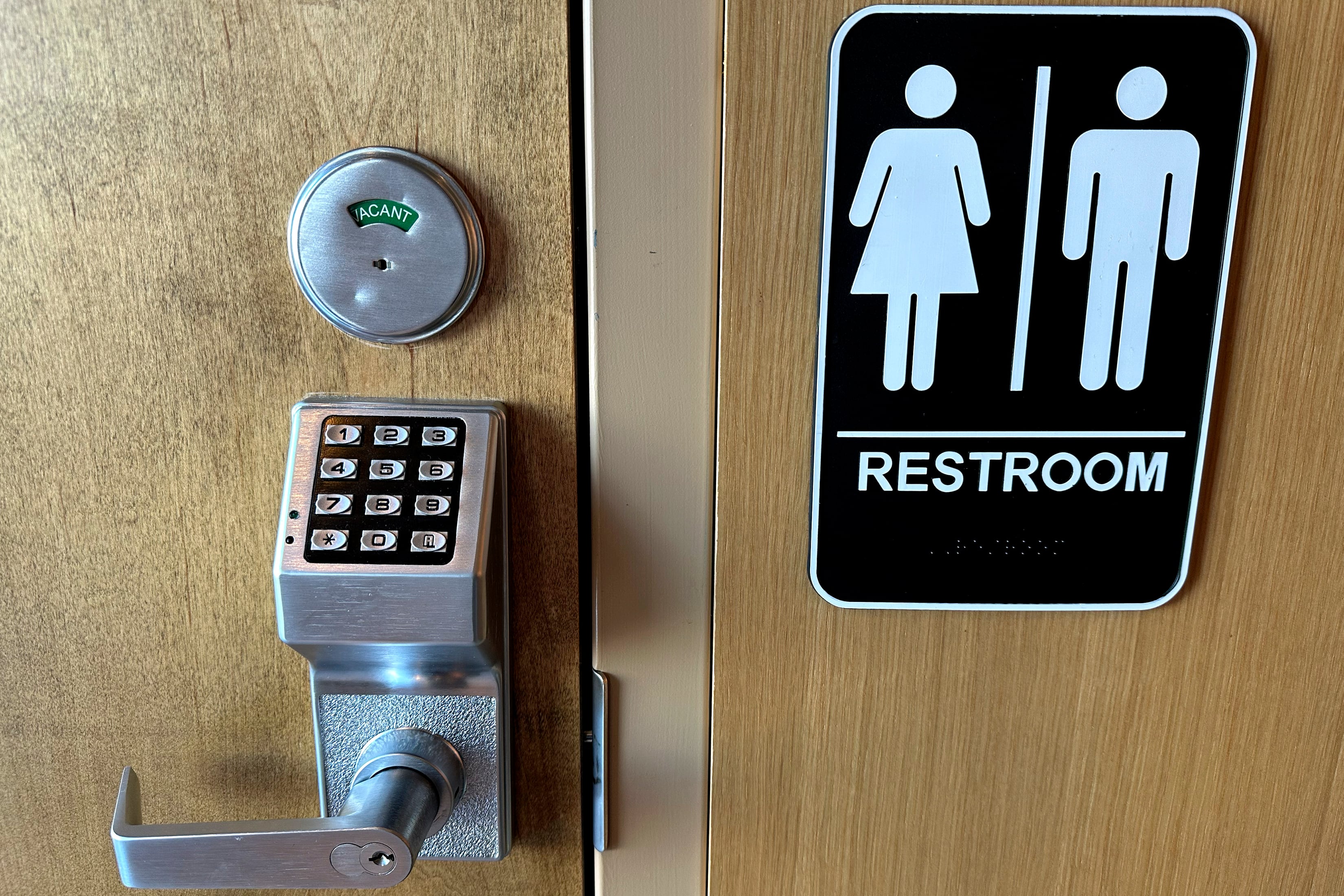As prices for goods hit their highest levels in nearly 40 years, the Federal Reserve has nixed the controversial word "transitory" to describe inflation in its latest policy statement.
The change in language comes as the Fed plans to speed up its tapering of monthly asset purchases, known as quantitative easing, which have been in place since March 2020.
In November, the Fed started trimming $15 billion per month from the purchases, which at their peak totaled $140 billion. Now it plans to cut $30 billion per month, putting the central bank on course to finish the taper by March 2022.
Before the remarks, markets were eagerly anticipating a hint of what this could mean for the Fed's short-term benchmark rate, and members delivered in their latest economic projections.
The so-called dot plot, which tracks individual members' projections for the federal funds rate, showed that the majority of members anticipated at least three hikes next year. This is up from just half of the members anticipating any rate hikes in 2022 back in September.
However, these projections are not set in stone, and Fed Chair Jerome Powell stressed that the central bank could change course if economic conditions change.
The Fed also lifted its inflation expectations for 2022 from 2.3 percent to 2.6 percent, even as Powell maintained that supply and demand imbalances are largely to blame.
"While the drivers of higher inflation have been predominantly connected to the dislocations caused by the pandemic, price increases have now spread to a broader range of goods and services," he said.
Powell added that while wages have risen, they are not yet a major contributor to inflation.
Some analysts argue that the Fed's policy shift on Wednesday is designed to calm markets more than anything, given that interest rate hikes are unlikely to soothe supply chain issues.
"The reality is that if it's supply chain inflation, which a lot of it is, there's not really a whole lot [the Fed] can do about it, but that's not the kind of message they can deliver," John Kicklighter, chief strategist at DailyFX, a financial analytics firm, told Cheddar.
Regardless, with the consumer price index rising 6.8 percent in November, the pressure is on the Fed to appear proactive in tamping down prices.
This partly explains why the Fed is speeding up the taper. Powell has signaled for months that any rate hike would come after quantitative easing was finished. With that date moving up to early 2022, rather than over the summer, the Fed now has more flexibility to act sooner.
"To allow yourself the option, you have to change the actions upstream," Kicklighter said. "What really matters to the market is rate changes. A number of central banks around the world have already started tapers. The markets don't put as much emphasis on them."
The faster taper also suggests that the Fed is responding to the fact that markets aren't necessarily buying the narrative that inflation will drop off as supply chain issues are addressed.
"I think central banks aren't being believed," said David W. Higgins, an analyst at Carraighill, a market research provider that has predicted a return to low inflation in the coming year. "That's why Powell has dropped the term transitory."
He added that signaling rate hikes now is sort of a risk-free bet. It calms markets in the interim, while also not committing the Fed to a set policy if inflation does prove temporary.
As for the Fed's other mandate — full employment — Powell said the central bank is looking at a range of factors, including the unemployment rate, labor participation rate, and job openings.
"It is admittedly a judgment call," he said.
As for whether this goal would clash with the Fed's goal of controlling inflation, Powell said it's possible that rate hikes could come before the Fed reaches its goal of full employment.












